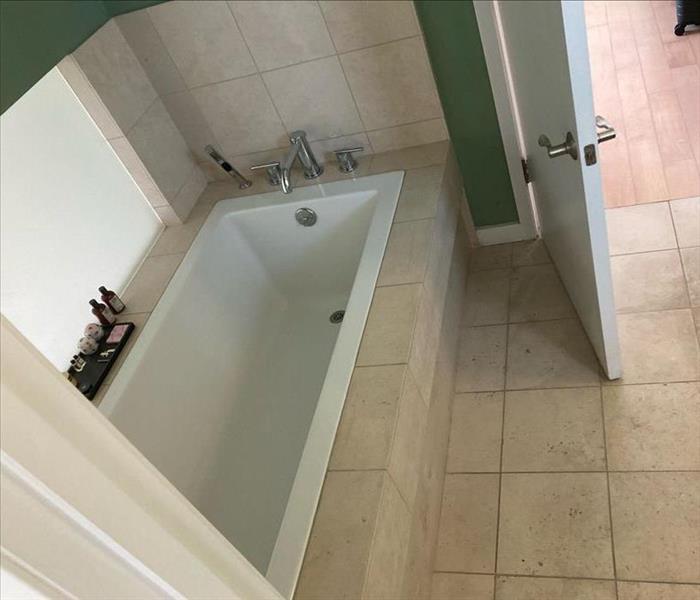Drying Techniques: Air Movers, Dehumidifiers, and Mo
10/16/2024 (Permalink)
When dealing with water damage, quick and effective drying is essential to prevent further issues like mold growth or structural weakening. At SERVPRO®, we employ a range of drying techniques tailored to the specific needs of each situation. In this blog, we'll explore the key tools and methods we use to ensure your property is thoroughly dried and restored.
The Power of Air Movers
Air movers, also known as blowers or fans, are one of the most critical tools in our drying arsenal. These machines work by creating a high-velocity airflow across surfaces, which helps to accelerate the evaporation of moisture. When water infiltrates your home or business, it often seeps into flooring, walls, and furniture. Air movers are strategically placed to target these areas, ensuring that moisture is drawn out and into the air where it can be removed.
The key to effective use of air movers is placement. Our trained technicians understand the dynamics of airflow and use this knowledge to position air movers in a way that maximizes drying efficiency. This process is especially crucial in large or complex spaces where moisture might be trapped in hard-to-reach areas.
The Role of Dehumidifiers
While air movers focus on increasing the rate of evaporation, dehumidifiers are essential for removing the moisture from the air. When water evaporates into the air, it raises the humidity level, which can slow down the drying process and potentially cause secondary damage. Dehumidifiers work by drawing in moist air, cooling it to condense the water vapor, and then expelling dry air back into the space.
We utilize two main types of dehumidifiers: refrigerant and desiccant. Refrigerant dehumidifiers work by cooling the air to condense moisture, much like an air conditioner. Desiccant dehumidifiers, on the other hand, use a moisture-absorbing material to remove water from the air. Depending on the extent of the water damage and the environmental conditions, our team will choose the most appropriate type of dehumidifier to ensure effective drying.
Specialty Drying Equipment
In addition to air movers and dehumidifiers, we also use a variety of specialty drying equipment designed to handle specific challenges. For instance, Injectidry systems are used to dry behind walls or under flooring without requiring significant demolition. These systems work by forcing dry air into cavities where moisture is trapped, speeding up the drying process in hidden spaces.
Another tool we use is the thermal imaging camera, which helps us identify moisture pockets that may not be visible to the naked eye. This technology allows us to target these areas with precision, ensuring no moisture is left behind.
Effective drying is crucial in the restoration process, and at SERVPRO, we have the tools and expertise to ensure your property is dried thoroughly and efficiently. From air movers and dehumidifiers to specialized equipment, our approach is designed to restore your space to its pre-damage condition as quickly as possible. If you’re facing water damage, trust SERVPRO to use the best drying techniques to safeguard your property.

 24/7 Emergency Service
24/7 Emergency Service
